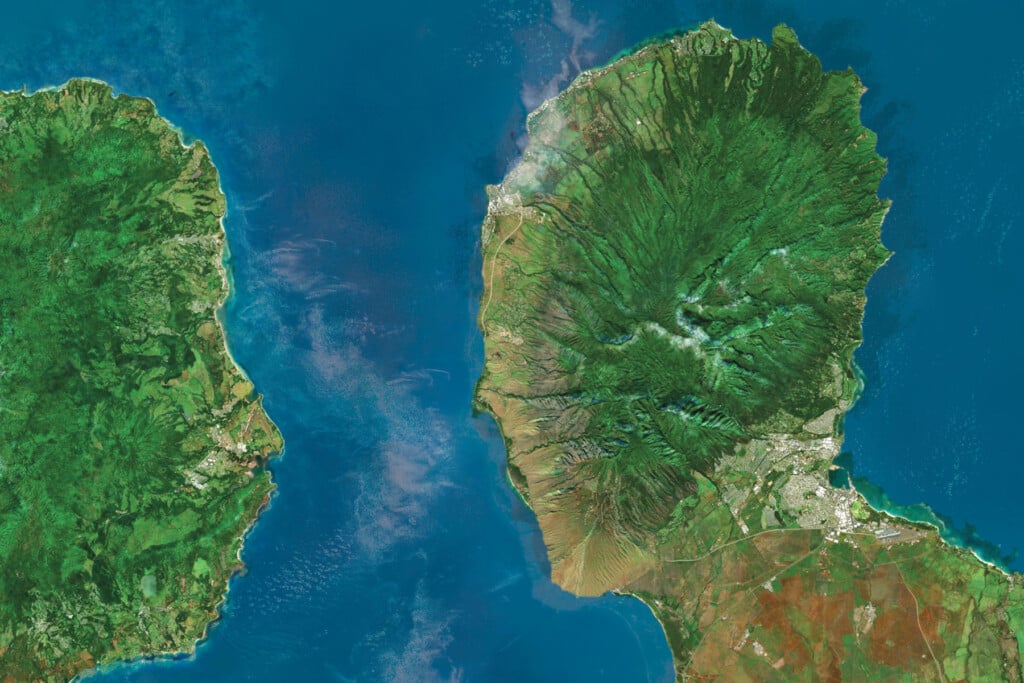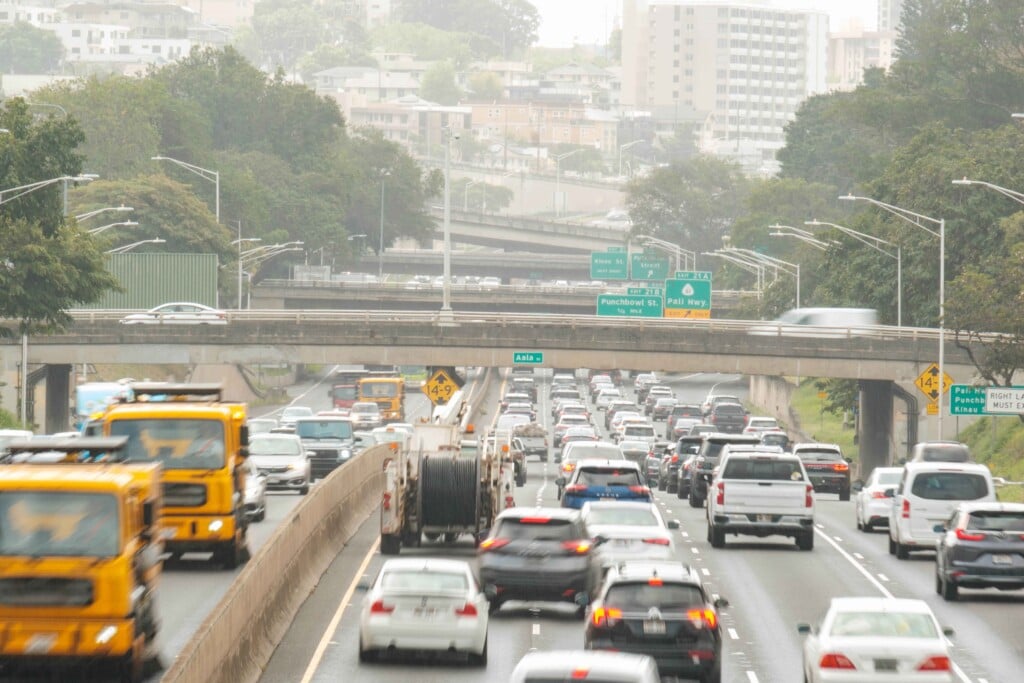What’s Next for the Trust for Public Land in Hawai‘i
Since its founding 50 years ago, the organization says it has protected over 77,000 acres. Among its current projects is returning land to Native Hawaiian control.

Q: What is one of your major projects for 2023?
A: We have a pilot Parks for People project at Honolulu’s ʻ‘A‘ʻala Park (next to Chinatown), diving deep with the community into their concerns about the park and working with UH’s Community Design Center on concepts to present to the city.
Folks want culturally relevant community events to make the park a more welcoming, safe and vibrant place. So we’ve helped support Chinatown 808’s Lunar New Year festival that closed down Beretania Street to vehicles. We’ve facilitated skateboarding lessons for youth by teachers from APB Skateshop just across the street. We’ve got dog obedience lessons and the Kamehameha Schools Mural Club designed murals installed on utility boxes and bus stops.
Q: What existing programs do you hope to grow?
A: Our Aloha ‘ʻĀina and Sustainable Hawai‘i programs will continue and, hopefully, grow stronger. The Aloha ʻ‘Āina program, now 16 years old, works closely with Native Hawaiian communities to return lands to Native Hawaiian ownership and/or stewardship.
Sustainable Hawai‘i protects farmland and lands that produce our food and fresh drinking water. Food security is very important to us: We’ve adopted the same goal as the state of Hawai‘ʻi, which is to try to double our food production so more dollars stay in Hawai‘i.
Q: What are the biggest challenges facing your organization today?
A: It’s always challenging to raise millions of dollars. Land in Hawai‘i is very, very expensive, but luckily people, including elected officials, really care about it, too. So we’re able to raise the money needed to preserve iconic places.
We depend on multiple sources. We go to the state and county and maybe seeking federal or private funding. So we really have to facilitate cross-agency collaboration and make sure we’re all on the same page. It’s also an opportunity to open lines of communication and be transparent to the landowner and community.
Q: This year marks 50 years since the founding of the trust for public land in 1973. How do you see its legacy while moving toward the future?
A: From the get-go, there was a lot of interest in Hawai‘ʻi. It is reflected in the 49, going on 50 projects completed in Hawaiʻ‘i.
Some are iconic, like Waimea Valley, Haleakalā National Park and the National Wildlife Refuge at Kīlauea Point on Kaua‘ʻi.
The impact on the community has been profound. These lands will be around for a long time and undeveloped long after I’m gone. It’s comforting to know that and humbling to be a part of that in some little way.
The Trust for Public Land has a strong think tank that helps public agencies throughout the nation raise money for conservation, which led to the establishment of open space funds that exist at the county level and a state fund that the trust worked on with other organizations.
Since the advent of those public funding programs, over $300 million of local funding has been generated for conservation and the number of projects has accelerated. That is reflective of those 50 years and has an amazing impact.






